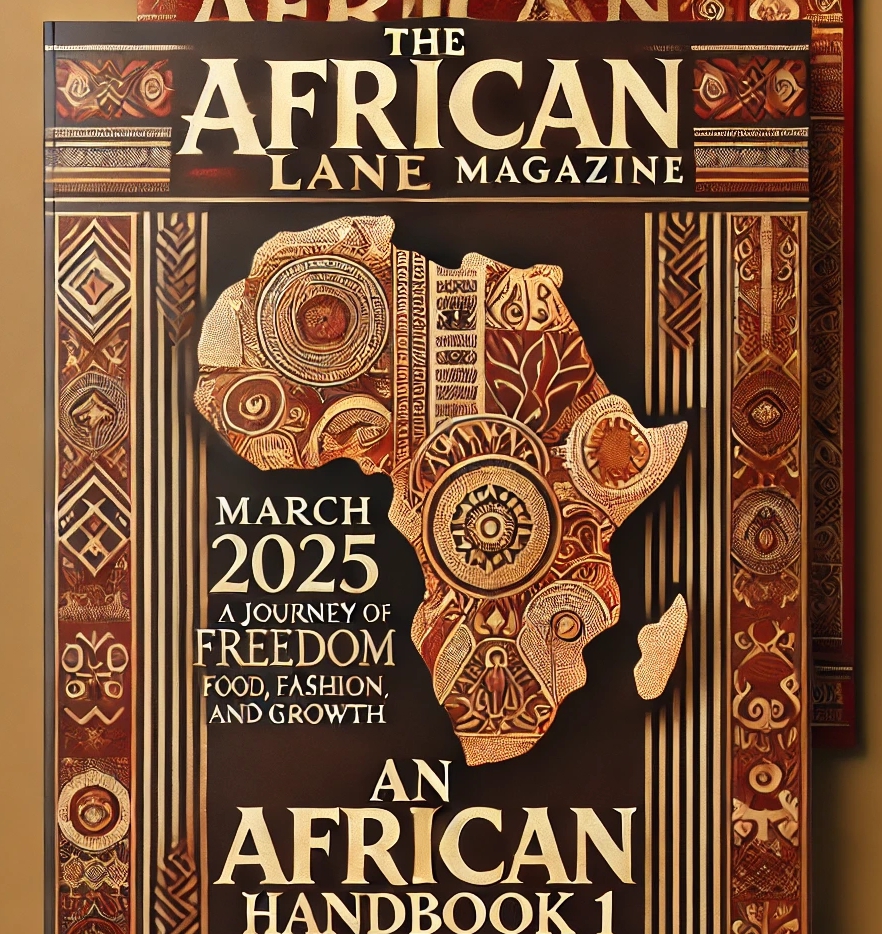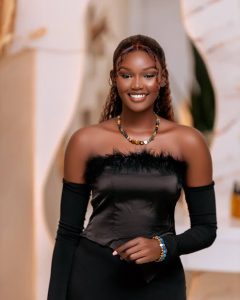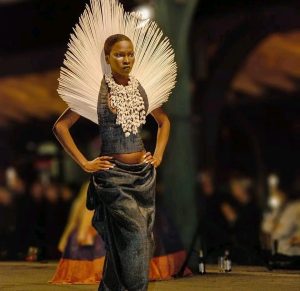DJIBOUTIAN TRADITIONAL WEDDING ATTIRE
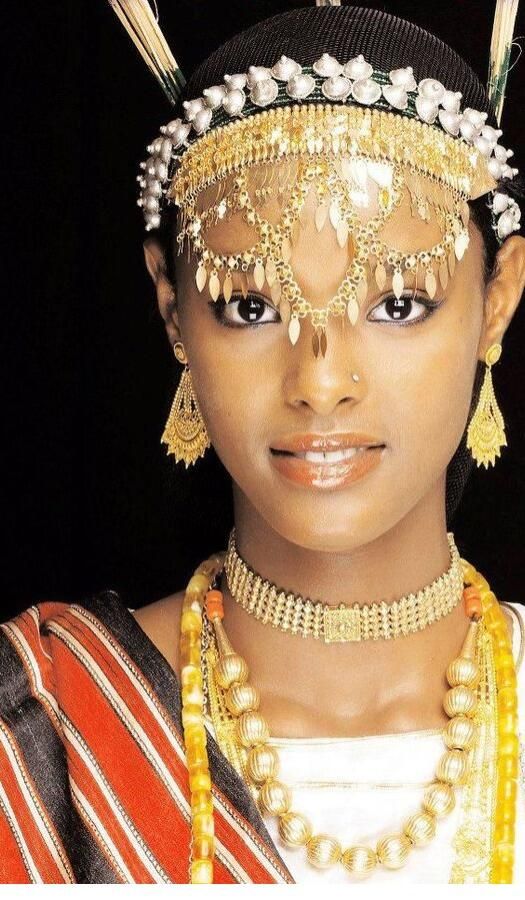
Across the African continent, traditional weddings are waning in the wake of western culture that is being embraced, nevertheless, there are still some parts retaining the glory of their culture by making traditional weddings chief priority over any imported culture.
Djibouti is an African country that has its culture embedded in their traditional marriages.
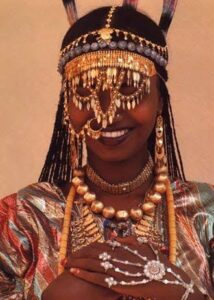
According to Wikipedia, Djibouti is a multi-ethnic nation with a population of over 921,804 inhabitants (the smallest in mainland Africa). French and Arabic are the country’s two official languages, Afar and Somali are national languages. About 94% of residents adhere to Islam, which is the official religion and has been predominant in the region for more than a thousand years. The Somalis and Afar make up the two largest ethnic groups, with the former comprising the majority of the population. Both speak the Cushitic branch of the Afroasiatic languages.
As D&D clothing’s put it, “When it comes to traditional wedding in this ‘Horn of Africa’ nation, repping a good sense of fashion with assorted adornment of the body with jewelry is a must.
In Djibouti, a veil of gold cannot hide the beauty of an Afar sultan’s daughter. Even among families of modest means, traditional African marriages can be elaborate celebrations that last for days.”
At Djiboutian traditional wedding, women wear the dirac, which is a long, light, diaphanous voile dress made of cotton or polyester that is often worn over a full-length half-slip and a bra.
Also, the women might tend to sport head-scarves referred to as shash and usually cover their upper body with a shawl known as garbasaar.
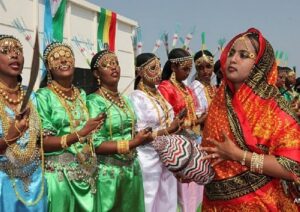
“Tadjoura is a city in Djibouti, a country in the Horn of Africa. It’s known for its whitewashed houses and many mosques. Nearby is quiet Les Sables Blancs Beach. West of the city, Day Forest National Park is home to juniper forests and birdlife, including the rare Djibouti francolin. Ferries cross the Gulf of Tadjoura to the capital, Djibouti City, where there are landmarks like the colonial Presidential Palace.”
For the Muslim faithfuls in the country, traditional Arabian garb, such as the male jellabiya and the female jilbāb is usually worn. This attire is not complete for the women without adorning themselves with specialized jewelry and head-dresses similar to those worn by the Berber tribes of the Maghreb.
Interestingly, most Djiboutis are Somalis, and with the rest being Afar, the two groups are very similar in terms of language and culture so that there is a particular traditional style instead of several.
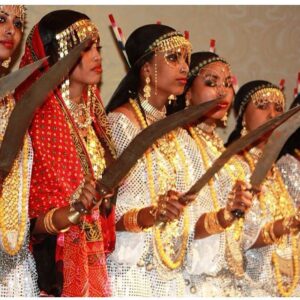
The most common traditional dress is a single-strapped outfit that both Afar and Somali women wear. Basically, Somali women in antiquity wore it in white or red, but the today’s Somali women wear it in red and orange. Afar women today seem to wear it in red and black, although, sometimes, some women tend to wear a red and black skirt, instead with a white, silky tunic.
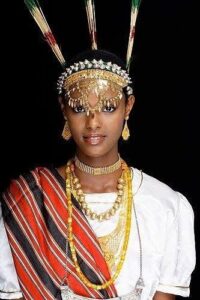
Djiboutian traditional wedding styles can just be a display of Afar garb. This is always the case when the diraac, which is a popular attire for the women is worn down to the silver earrings with bells, which is rarely worn by modern-day Somalis, but was widespread in pre-colonial Somalia
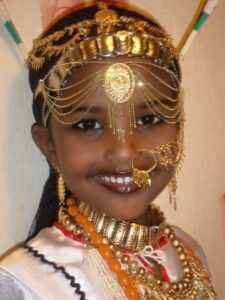
Most Lovely African traditional attire are fading away.. Let us Africans be proud of our African attire and promote.
Sources: Wikipedia, Pinterest, D&Dclothings.
